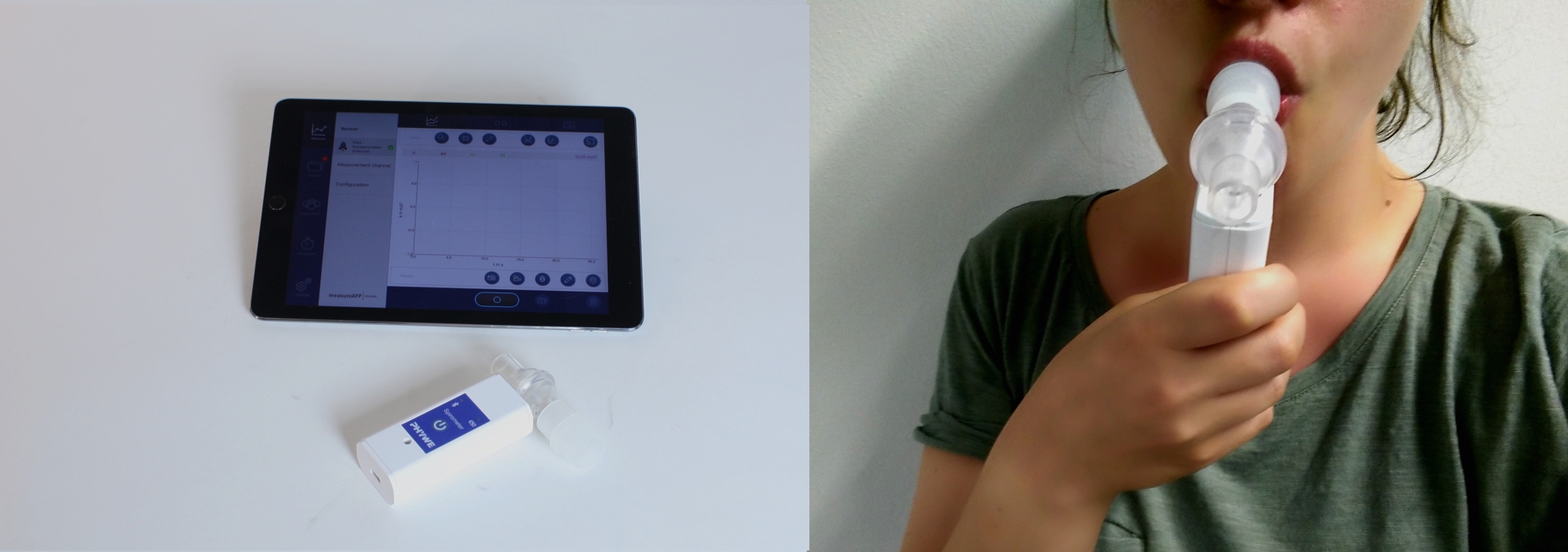Principle
The one-second capacity is a value that provides information on whether the patient under examination suffers from obstructive lung disease. In the diagnosis of lung diseases and in lung function tests, this test is regularly used to detect obstructive lung diseases, but it is unsuitable for restrictive lung diseases, as the reduced vital capacity results in a high ratio of approx. 75%, which is not meaningful.
This test is intended to establish a link to medical diagnostics in the context of lung function tests. The determination of the tiffeneau value is an essential part of lung function tests as they are performed in medical diagnostics. With this test, however, it is only possible to detect obstructive (and not restrictive) respiratory diseases.
Benefits
- Especially understandable and didactically prepared description of the experiment (relevance to everyday life, etc.) including protocol questions.
- Future-oriented teaching: Integration into digital science lessons with tablets or smartphones.
- Increased motivation of students by using the intuitive measureAPP.
- Increased media competence.
- Use of the same type of spirometer as in medical diagnostics
- disposable turbine eliminates the risk of infection
Tasks
- Determination of the inspiratory vital capacity in litres.
- Determination of the one-second capacity in litres.
Learning Objectives
- Inspiratory vital capacity
- one second capacity

